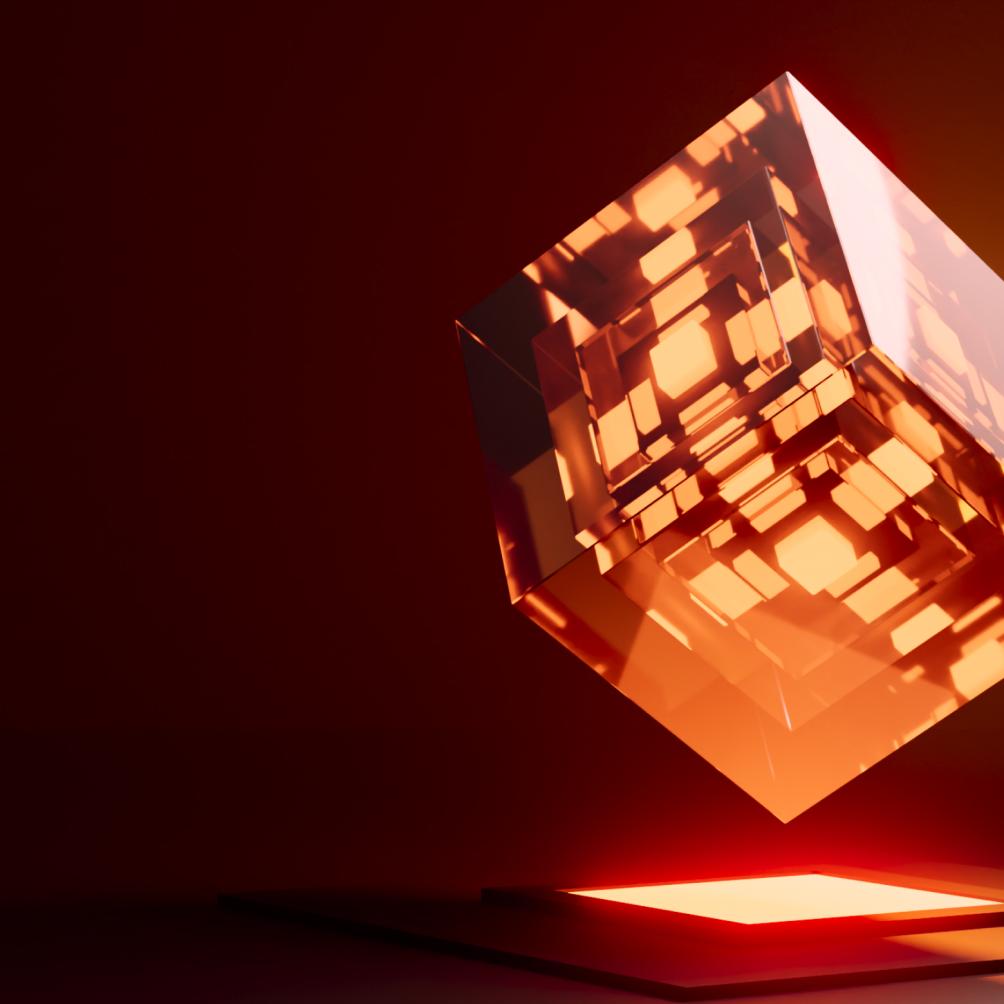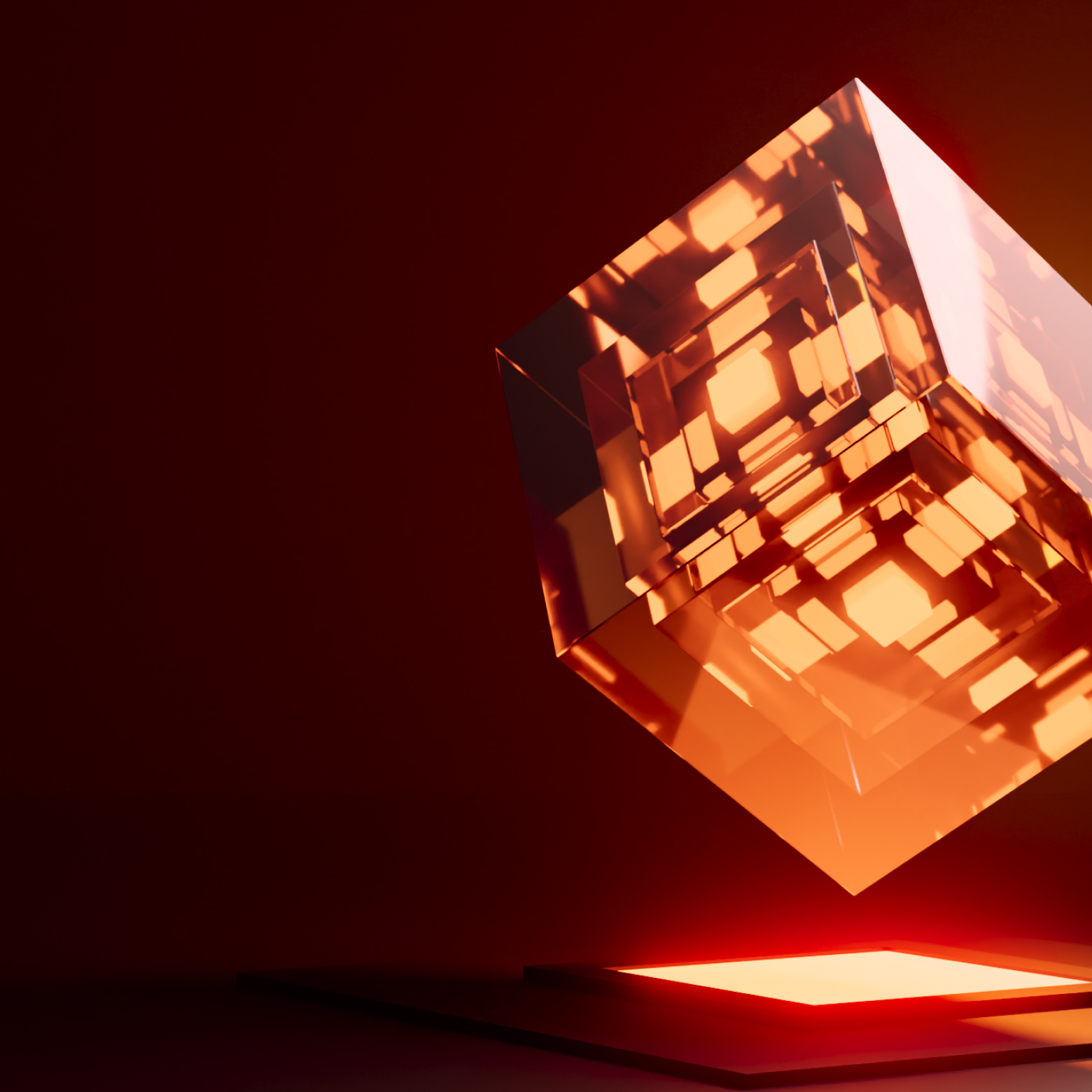
Welcome back to Quai Network’s monthly Dev Roundup. The priorities of this month have been internal testing of the Quai Dashboard, along with running Devnets prior to the Iron Age Testnet.

With no conferences to attend until Token2049 in Singapore, the Quai team has made strong progress on upcoming deliverables.
The Quai Dashboard, initially announced on July 28th, is now undergoing internal testing.

The Alpha version of the Quai Dashboard, containing Twitter Rewards, will be further tested by Quai Ambassadors and Discord Moderators prior to the Beta release, to ensure the accuracy of displayed rewards.
After the Alpha release has been tested, the Beta version of the Quai Dashboard will be publicly released to the community. We hope this thorough testing process will allow for a smooth launch of the Dashboard to the wider community.
Even after the Beta release of the Dashboard, there will be many improvements and updates still being worked on, including support for the remainder of Quai Network’s social platforms.
“We’re ramping up for an internal release and Alpha release before the full Beta launch to the public.” says Justin, Infrastructure Relations.
Core Protocol
The Core Protocol has remained the top priority for the majority of Quai Network’s developers. The team has been running frequent internal Devnets to ensure stability of the Iron Age Testnet.
Recent improvements in the Core Protocol have been largely consensus-related upgrades to the Hierarchical Longest Chain fork-choice rule (HLCR). This testing will allow for a much more efficient Iron Age experience, as many of the bugs found in internal Devnets will alleviate friction upon the launch of the Iron Age Testnet.
Iron Age Documentation
Documentation for creating decentralized applications in the Iron Age Testnet has been released. With $QUAI bounties available for Dapps deployed in the Iron Age, we hope this documentation will be useful to all Quai developers, no matter what they are building.
In addition, finalized documentation for running a node and miner have been recorded and edited in preparation for the Iron Age Testnet. These videos will be released along with the Iron Age Testnet to ensure all participants can easily set up their nodes/miners immediately upon launch.
AMAs
Two more Community Hangouts were conducted in August, with strong participation from both the Quai community and team. Quai Network’s Co-Founders joined to discuss the upcoming Testnet and field questions, with conversations spanning from network construction to marketing strategies.
The next Community Hangout will be conducted on Friday, September 2nd. All are welcome to join in to ask questions of the Quai team and share feedback. If you have a specific question you’d like answered, feel free to submit it here and our team will be sure to address it in the AMA.
“The recent AMAs have been an invaluable way of receiving real-time feedback from our community, and allow us to focus our attention directly where it’s needed.” says Raleigh, CMO.
Giveaway
The Quai team is conducting a giveaway of 5000 $QUAI on Twitter & Instagram for one lucky winner!
The giveaway started on August 22nd, and the winner will be selected on September 10th. Make sure to follow the steps on Twitter & Instagram to get both entries in!
Conclusion
Two major initiatives — the Dashboard and the Iron Age Testnet — have both seen important progress in development. The Dashboard is now undergoing internal testing, with Ambassadors and Moderators testing the Alpha release in the coming days. There are also currently Devnets running in preparation for the Iron Age, acting as a final step in ensuring that Quai Network is ready for another public Testnet.
Join us to build a better blockchain.
Quai Network is an open-source Proof-of-Entropy-Minima blockchain network utilizing the capabilities of merged mining to increase throughput and security. Users of Quai Network will enjoy fast transaction times without compromising decentralization and security. Miners will have competitive mining opportunities across the many blockchains within the network.
Capable of thousands of transactions per second, the Quai Network is a new solution to scalability that is soon to be ready for mainnet release.
Terms & Conditions / Disclaimer
The entirety of the Quai Genesis grants program, including the content of this article, is subject to the Terms and Conditions outlined here.
Opinions, ideas, and statements shared in this update are delivered with numerous assumptions, risks, and uncertainties which are subject to change over time. There are multiple risk factors, including those related to blockchain, cryptographic systems, and technologies generally, as well Quai’s business, operations and results of operations, that could cause actual results or developments anticipated not to be realized or, even if substantially realized, to fail to achieve any or all of the benefits that could be expected therefrom. We reserve the right to unilaterally, completely, or partially change plans, expectations, and intentions stated herein at any time and for any reason, in our sole and absolute discretion, and we undertake no obligation to update publicly or revise any forward-looking statement, whether as a result of new information, future developments, or otherwise. ACCORDINGLY, WE RECOMMEND THAT YOU DO NOT RELY ON, AND DO NOT MAKE ANY FINANCIAL DECISION OR INVESTMENT BASED ON, THE STATEMENTS CONTAINED IN THIS UPDATE OR ANY OF OUR UPDATES/ARTICLES — INCLUDING BUT NOT LIMITED TO ANY SELLING OR TRADING OF QUAI TOKENS, ETHER, OR ANY OTHER CRYPTOGRAPHIC OR BLOCKCHAIN TOKEN, OR THE SECURITIES OF ANY COMPANY.
The views, opinions, and statements made in this update are those of an individual author and not those of any institution, University, or legal entity operating within the jurisdiction of The United States or beyond. There is no association between these views, opinions, and statements and any for-profit or non-profit entity, particularly with Universities, Foundations, and other Agencies located within the United States. Any perception of such an association is purely accidental, and will be rectified immediately if brought to our attention by the reader.
